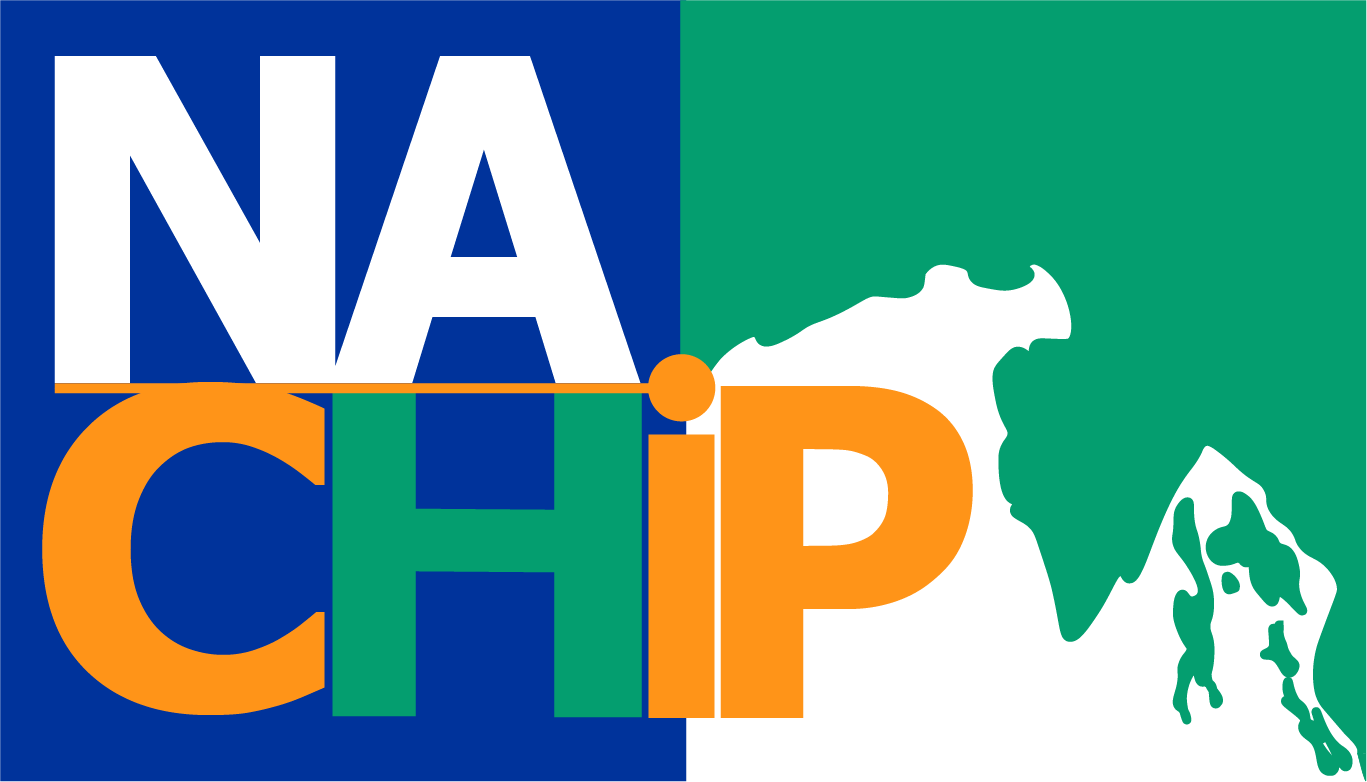Green Hydrogen Production from Wave Energy – Novalja, Croatia
This pilot, spearheaded by Leonitus, a Zagreb-based company, explores the production of green hydrogen using wave energy. The initiative involves deploying a novel technology with submerged devices beneath the sea surface to harness wave energy. These devices deform the regular motion of waves, depleting their energy and converting it into green hydrogen.
Hydrogen Use in Urban Areas – Velenje, Slovenia
Led by ECUBES and supported by key partners including the Municipality of Velenje, KSSENA, ETRA and JSI, this pilot aims to establish a “local hydrogen alliance” in Velenje. The focus is on transforming a public building into a demonstrative case for sustainable energy solutions using hydrogen technologies. The project is a comprehensive initiative to generate and efficiently utilise renewable energy based on hydrogen in urban areas.
Dynamic Hydrogen Releasers – Torviscosa, Italy
Serichim of Torviscosa is leading this pilot to develop and demonstrate dynamic hydrogen releasers (DHR). The project showcases the functionality and efficiency of a prototype DHR, which employs Liquid Organic Hydrogen Carrier (LOHC) technology. This innovation supports the transport, storage, and on-demand release of hydrogen, contributing to the European green mobility strategy.
Cost-Efficient Hydrogen Transportation Cylinders – Udine, Italy
Faber Industrie, S. p. a., headquartered in Udine, leads this pilot to develop composite designs for cost-efficient hydrogen transportation cylinders. The focus is on improving vessel designs to enhance energy stock mobility, reducing costs while ensuring the safe and efficient transport of compressed hydrogen.
Gasification Plant for Waste Materials – Novalja, Croatia
Led by DOK-ING, a Zagreb-based manufacturer of unmanned vehicles, electric vehicles, and robotic systems, this project focuses on developing a prototype gasification plant for waste materials. The universal gasification system can process municipal solid waste (MSW) and convert it into valuable products such as synthesis gas and charred residue, which can be utilised further. This innovative project positions Novalja as a potential local hydrogen alliance hub.
The pilot investments in clean hydrogen technologies within NACHIP will be supported in investment operations and further pilot upgrades and replication by a decision support tool jointly developed in the course of the project by Institut Jožef Stefan and University of Zagreb Faculty of Electrical Engineering and Computing. The idea behind it is to provide an economically optimal joint decision on how the investment should be sized in different components as well as how it should be operated.
